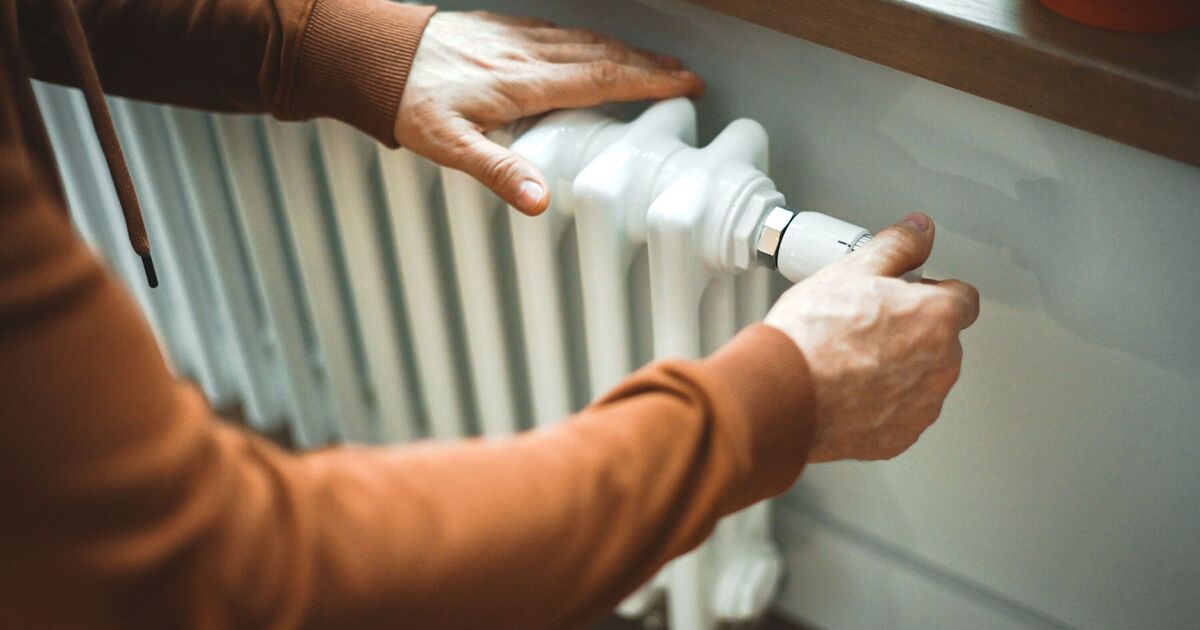If they haven’t already, Brits will soon be turning on their heating for the winter. But do they know what they’re setting it to? A heating expert has revealed what a mysterious code on your radiator really means.
Rob Nezard, plumber and managing director of UKRadiators.com, explained how you should set the TRV on your radiator – the rotating valve on the side with numbers. The TRV (thermostatic radiator valve) automatically regulates the room temperature by controlling the flow of hot water to the radiator. It does this by, based on your desired setting, either restricting or allowing more hot water to flow into the radiator. This prevents a room from getting too hot or too cold, allowing you to control the temperature in individual rooms and save energy by heating only the spaces that need it.
Rob Nezard, plumber and managing director of UKRadiators.com, told The Sun: “TRVs have clever mechanisms, sometimes using liquid or wax, that will shut off the flow of hot water to an individual radiator when the room temperature is at its desired level.” Mr Nezard noted that the numbers on the TRV typically range from one to five or siz, and most also have a frost symbol, which indicates that the TRV is in “frost protection mode.”
He said the number settings on a TRV roughly correspond to room temperatures:
0 = 0C (off)
✱ = 5C
1 = 12C
2 = 16C
3 = 20C
4 = 24C
5 = 28C
6 = 32C
The heating expert advised Brits to adjust their TRV to two or three in smaller rooms, and three or four in larger rooms. He cautioned against setting any radiator to five, as this can raise a room’s temperature to up to 30C.
Those travelling were told to leave their TRV on the lowest level so that, if temperatures fall below 7C, the radiators will turn on briefly. Mr Nezard said that using his tips can help Brits save between £55 and £180, depending on property size, as they reduce the load on the boiler.
You can also save money on heating using a simple fix known as the “Victorian method”, according to heating experts Plumbworld, who say it can also help keep your house warmer.
The trick involves hanging heavy door curtains across draughty internal doorways and behind the front door, then pairing them with a basic draught excluder at floor level. This fabric barrier traps warmth in the rooms you’re actually using — no gadgets, no tools, renter-friendly, and you can install it in minutes.
Heavy curtains can cut window heat loss by roughly a third to two-fifths (up to 33% in Salford University Energy House tests on modern glazing; 39% for heavy curtains on traditional sash windows in Historic England research).
That reduction in heat escaping translates into a small but noticeable lift in room temperature — typically around 1C to 2C in the heated space, especially during evening cold snaps.

